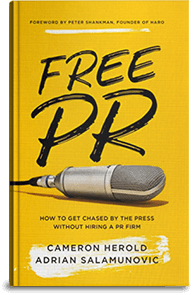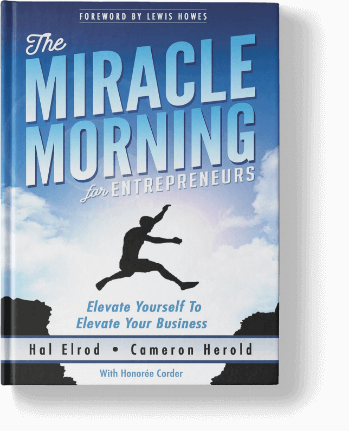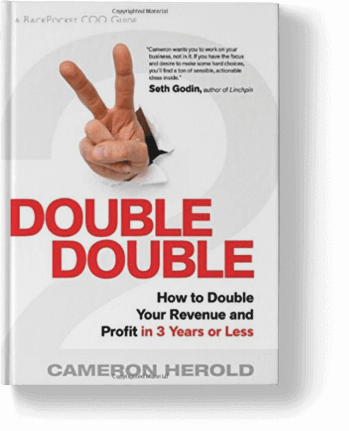
There are key data points that should be monitored to ensure that all of your company or department projects come in on time, on budget and with the proper objectives achieved. One great way to ensure this is by collecting data along the way using a 5/15 reporting system.
How a 5/15 Reporting System Works
Every two weeks, have each of the individuals that directly report to you take fifteen minutes to write up a one to two page bullet pointed document that covers the status of each project for which a person is responsible. Each project should have a green, yellow or red dot showing if it is on track, something is going wrong, or if the project hasn’t started yet. The 5/15 reporting system makes certain that you have visibility on all projects, which is, of course, preferable to finding out something has gone off-track when it’s too late.
The 5/15 report should take your team members no longer than fifteen minutes to write and five minutes for you to read.
Recommended bullet points for employees’ 5/15 reports:
- Employees’ goals for the upcoming week
- What they accomplished in the prior two weeks
- What’s working in their respective business area
- What could be improved in their business area
- How they’re feeling with the people in their group as a whole
A few years ago I was mentoring Jason Lew, one of my clients who lived in Boston and was growing chain of bilingual preschools called Pine Village Preschool. He needed to hire twelve new teachers by the end of August. In our discussion I asked him a few questions: How many resumes do you think you need to net twelve hires? He wasn’t sure. Where do you plan to get all the resumes you need? Same answer. Obviously, Jason needed some assistance. He needed a plan and then he needed to reverse engineer it to make it a reality.
We started by listing every step in the recruiting process: Applications, auto–reply, invitation to group interview, pass group interview, pass one-on-one interview, pass classroom test, pass reference checks, “sniff test,” offer accepted and signed, and finally, training.
During our discussions, Jason quickly realized that at each step of the process, a certain percentage of the applicants would drop out and not move to the next step. It turned out he needed five hundred and twenty-two applications to end up with twelve qualified candidates to hire.
Then it got even more fun. I pointed out that in order to have the new hires ready to start on September 1st, each new employee would have to go through two weeks of training and have time to quit their current job, as well as perhaps take some summer vacation. We quickly realized that it was time to list every step in the recruiting process so the team would have all the steps needed to be done in order and with a person assigned to do each. It was going to require military precision to generate that many resumes in time for the fall.
Rising Medical Solutions is another company I mentored in Chicago, and they were hiring a vice president of sales. When I asked them to list all the things that had to happen before doing so, and put them in order, here is the list that they ended up with.
- Score Card For The Role Completed
- Job Description Written
- List Of Potential Candidates We Know In Writing
- Roles, Goals & Expectations In Writing
- Networking For Candidates Started
- Comp Plan In Writing
- Job Posting On Key Sites
- Recruiting Firms Engaged
- Interview Questions
- One-On-One Interviews Done
- Panel Interview Done
- Ref Checks Completed
- Background Check Complete
- Drug Screening
Each step of the recruiting process was now thoughtfully considered. Each step had one person who was assigned as single point, accountable for completing the step. More importantly, each step of the process had a date assigned to it. All they had to do now was ensure that the people responsible for a specific task had the skills and motivation necessary to complete the steps assigned to them.


 Every day, editors go to their offices and sit with a stack of press releases in front of them. Those press releases came in over the news wire, and guess what the editor does for the first two hours every day? Rejects almost all of those press releases.
Given a choice, would you call the editor who says no all day or the writer who is just waiting for inspiration? You call the writer, of course!
Every day, editors go to their offices and sit with a stack of press releases in front of them. Those press releases came in over the news wire, and guess what the editor does for the first two hours every day? Rejects almost all of those press releases.
Given a choice, would you call the editor who says no all day or the writer who is just waiting for inspiration? You call the writer, of course!






